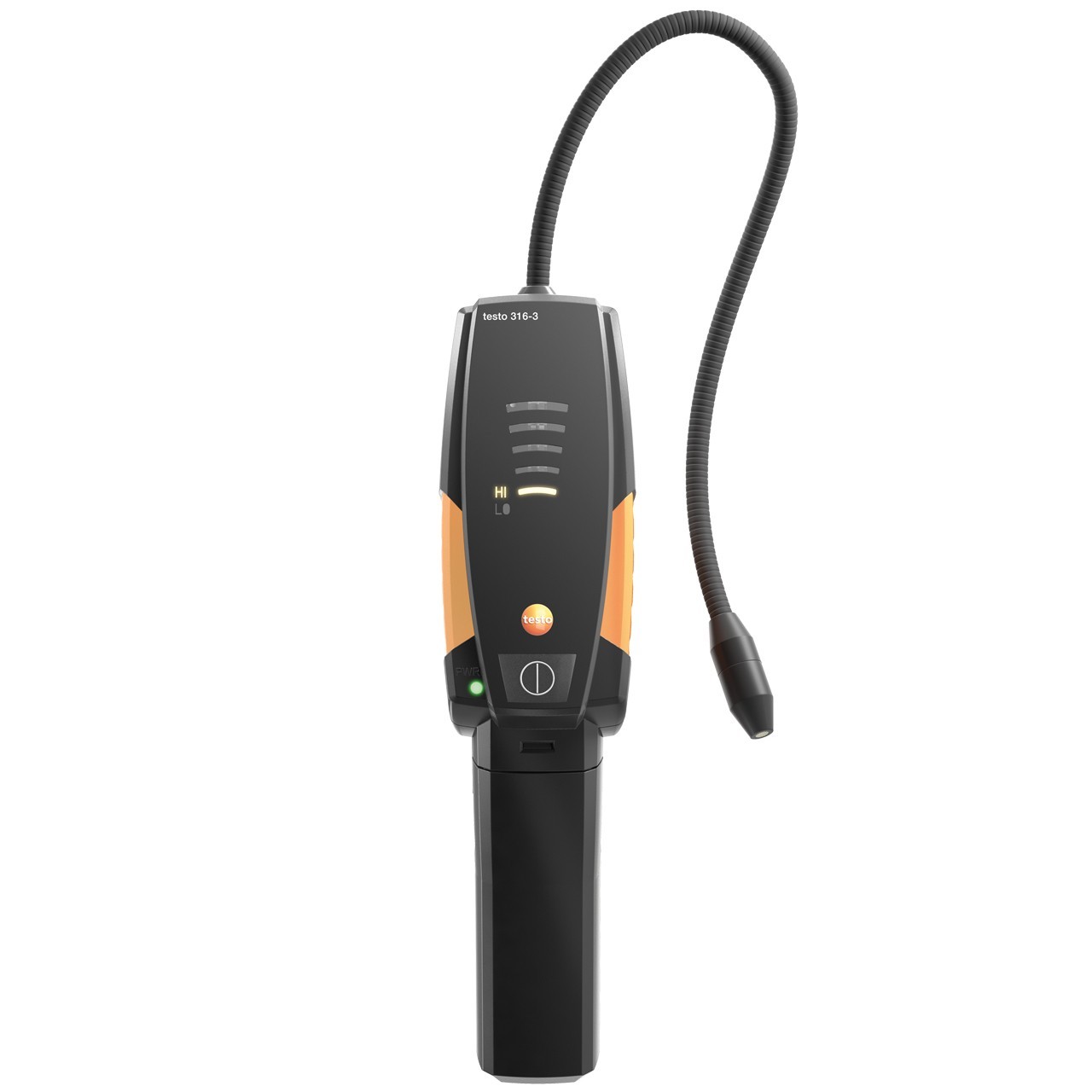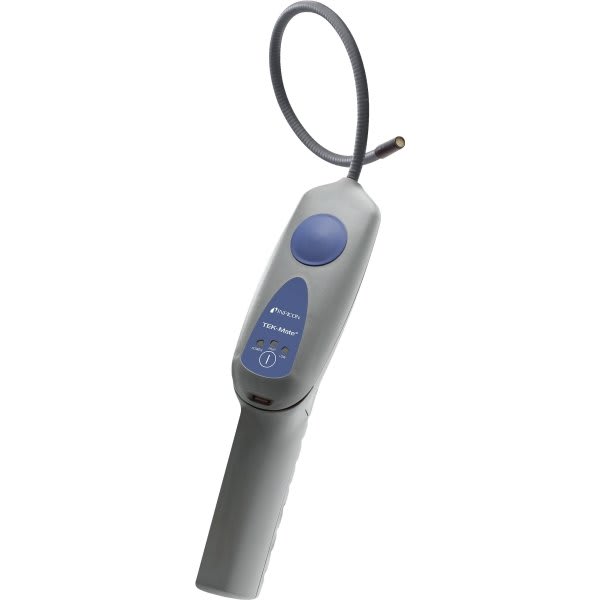Any leakage in the refrigerant systems can cause an adverse effect surely on its actual performance. The run time of the refrigerant becomes prolonged due to leakage continuously. As the loss of refrigerant is felt, so both suction, as well as discharger pressures, becomes much lesser.
We are here looking into guide how does a refrigerant leak detector work for finding the faulty error. If you are curious about knowing how does refrigerant leak detector work and how does it add to chances of finding leakage and correcting it easily. For obtaining more information regarding the aspect, continue reading until the end.

How does a refrigerant leak detector works?
Leakage into refrigerant can cause different issues as there would be less liquid and more flash gas, which have a negative effect on several components of the system. Additionally, there might be an entrance of the mixture of gases into vacant space and cause malfunctioning in the working of the refrigerant.
Lubricating oil return becomes really difficult for one for lower suction pressures. Possibly oil leaking refrigerant deprives the compressor, and gradually it will add to damage of the compressor. Air leaking into the system can happen if the suction pressure falls due to refrigerant leakage.
Hence, these are some adverse situations that can likely happen to arise if the leakage is caused, so it is becoming even more important to detect leakage with the help of a refrigerant leak detector.
There are actually two widely used leak detection methods that are halide leak detector and electronic leak detector.
Electronic leak detector:
this detection method takes place on the principle that when halogen vapor is heated, positive ion concentration is increased, and this increase is identified with an audible or visual signal. Leak detector consists of a sampling tube through that air around the refrigerant system is drawn by means of a small fan. Through a block of heated platinum, the element air sample is passed by. When in the normal conditions, then positive ions current flows under a voltage of 240 v just between the ion collector and emitter, also known as anode and cathode.
When a sample with halogens is drawn into the probe and an immediate increase in positive ions results and that is magnified by the electrical circuit, and as a result, a visual or audio signal is produced. The accurate location of the leak can be easily determined with the increase in strength of the signal as the probe is moved towards the leak and decreases as soon as moved away from the leaking place. A reference leak is built for comparison, and adjustment in some leak detectors is built as well adjusts the sensitivity of the detector. For background contamination, possible compensation is possibly made surely. An electronic leak detector can easily detect leaks as small as 0.25 to 0.50 oz due to it being highly sensitive.
Choosing this electronic method, you can practice the procedure very easily as it is clean and quick. It is free from any fire hazard that makes it even safer to practice. Electronic refrigerants are designed to detect refrigerant leaks, but it shouldn’t be immersed are kept in refrigerant streams such as the refrigerant cylinder.
Halide leak detection
This halide leak detection works over the principle of change of color of a flame in the presence of the refrigerants. When r12 or r22 is sucked through a sample tube and further passed over a surface whose surface temperature is relatively high around 500 for refrigerant-based on fluorocarbon. If the gas is passed over a glowing copper, it forms copper chloride that changes the color of the flame to blue to bright green. Usually, methyl alcohol, butane gas, or acetylene is burnt in halide torch that is similar in construction to that of a blowlamp. In the blowlamp provision to draw the air for combustion through a sampling tube. In case refrigerant consists of air, then it can be easily detected by the change in color of the flame. Leaks as small as 1.5 to 2 oz can be detected per year with the use of halide leak detectors.
While making the use of halide leak detectors, certain precautions are necessary to be practiced for easier checking of the leakage and doing the necessary fixation or replacement for the refrigerant.
Thus, these are two different types of refrigerant leak detectors working for the effective working of the tool and identifying leakage for preventing adverse situations.

Wrapping up
Let us wrap this up as we have taken details from the guide that how does the working of the leak detectors takes place. It is amazing to practice the necessary steps for keeping a check on the working of a tool for checking leakage to prevent any malfunction in the refrigerant. If you not convinced enough and want to grab more details regarding the working of refrigerant leakage detector, then visit https://cozyhousetoday.com/best-refrigerant-leak-detector-reviews/

